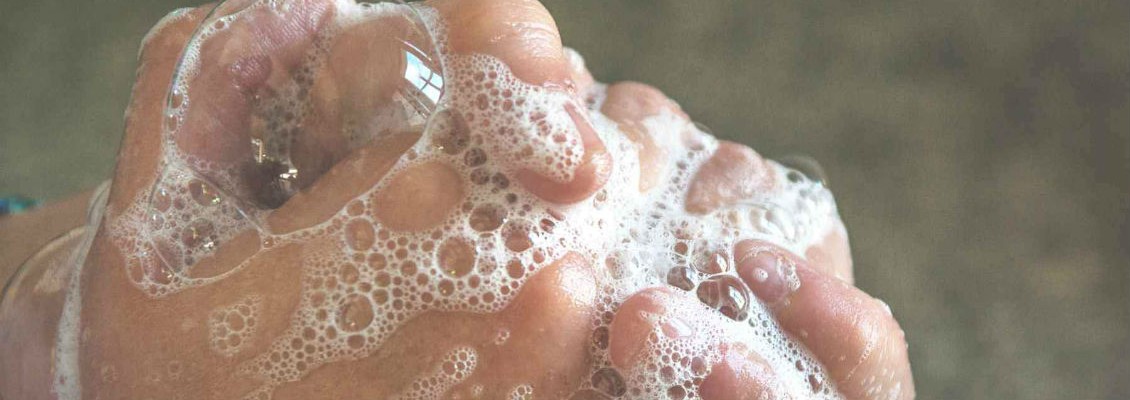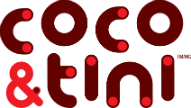
Every personal care product that foams up needs to have an ingredient called a surfactant in order to produce that lather. Surfactants also help mix together oil and water, disperse ingredients throughout a product and maintain a product's thickened consistency. Personal care products such as shampoos, toothpastes, bubble baths and body washes all contain some kind of surfactant, and since Sodium Lauryl Sulfate is the most inexpensive and effective, it’s also the most widely used.
However, there is some doubt about the safety claims around Sodium Lauryl Sulfate (SLS), and its close relative Sodium Laureth Sulfate (SLES). While manufacturers claim these products are safe to use on the skin and even safe to ingest, they have also been found to produce skin irritation in some people. Some SLES samples tested in laboratories have also been found to contain 1, 4 dioxane, a probable human carcinogen and known irritant.
While the risks associated with SLS and SLES may be within the acceptable range for many adults, infants and young children may be at a higher risk of negative effects from these compounds. Babies have exceptionally sensitive skin and can absorb chemicals through their skin more easily than adults do. Babies and little kids also love to explore the world with their mouths, which means they are far more likely to accidentally ingest soap, shampoo, toothpaste and anything else they can get their hands on. Introducing harsh detergents and chemicals into a baby’s developing gut will probably give them a stomachache, potentially exposes them to toxic dioxane and can increase the chances of an allergic reaction.
Trying to keep kids safe in a world where there are environmental toxins in the food, air and water can be difficult and nerve-wracking for concerned parents. It’s impossible to totally protect children from all harm, but choosing personal care products that contain safer, gentler surfactants is one small change that can help reduce a child’s exposure to potentially harmful environmental toxins.
